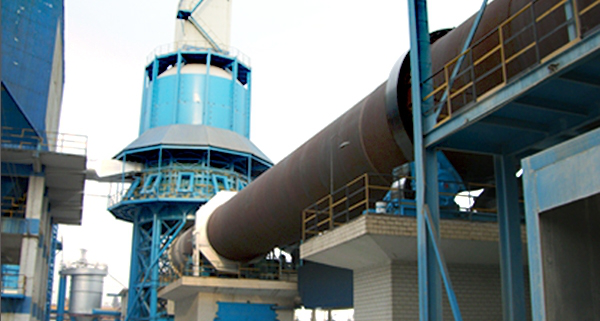In order to promote the development of active lime technology and provide good service, through long-term sampling experiments, a large number of practical production process control data were finally obtained, including the research of limestone calcination active lime preheating, calcination optimum time, calcination optimum temperature and other levels of diversification.
According to the experimental data, the preheating time, temperature, calcination time and temperature of limestone are closely related to the high activity of lime. Please check the results of the following experimental data sets.
(1) The range of calcination temperature and time corresponding to the highest activity of limestone becomes wider with the increase and extension of the preheating time of limestone from 600 to 700℃. When the calcination temperature is between 1100 and 1150℃, it is the calcination temperature zone of the highest activity of activated lime.
(2) When the preheating temperature is 700℃, the corresponding preheating temperature for the highest activity is 45 min, 5 min and 10 min, and the calcination temperature is 1150℃, the highest activity of lime appears; when the holding time is 15 min and 20 min, the final calcination temperature is 1000-1150℃, the highest activity of active lime is reached; but when the preheating time is increased to 60 min, the highest activity of active lime is reached. Regardless of the holding time during calcination, the final calcination temperature of the highest activity is 1100-1150℃. The highest activity of this group of lime experiment is 410ml, the corresponding preheating time is 45 minutes, the calcination temperature is 1150℃, and the calcination time is 15 minutes.
(3) When the preheating temperature is 800℃, the calcination condition of obtaining the highest activity is difficult to control. The preheating time is short, and the range of calcination temperature corresponding to the highest activity becomes smaller. When the preheating time is long, the highest activity is only 360ml, and the corresponding calcination temperature is 1150℃, and the calcination time is only 5 minutes.
(4) When the preheating temperature is 900℃, the whole calcination condition becomes more difficult to control in order to obtain high activity. This preheating temperature is recommended not to be used in the calcination process of limestone.
The above experimental results obtained from long-term sampling experiments are intended to provide effective data and technical support for the lime calcination process. Due to the complex and changeable thermal conditions in the lime production process, the experimental results and the final data may be biased and insufficient. It is hoped that professionals will come to our hospital to exchange guidance.



